A few months ago I started to add the project files to the following GitHub-repository. The repository does not contain the latest files.
At this point I use a LED strip with 120 LEDs (WS28xx). The AmbiController "generates" 80 channels which were evenly distributed to the 120 LED's.
The 80 channels (the RGB colors to output) were generated by the AVR controller (using the YCbCr pixel data which is received from the FPGA).
The FPGA generates a 20x20 px image - in realtime - during reception of the original image.
The current hardware synthesis requires 21600 bit On-Chip-RAM (running with a 200 MHz PLL clock) and a FiFo with 4x 19 bit. The upper limit for the frames which could be processed per second is theoretically 1666.66666666667 FPS. Yes 1.6k frames per second. The XMega just runs with only 32MHz.
Have a look at my youtube videos there are even the oldest i uploaded:
http://www.youtube.com/playlist?list=PL38rI0Mva5EZ2Dfca-k6uqJGKjLcgE4NK
 klaute
klaute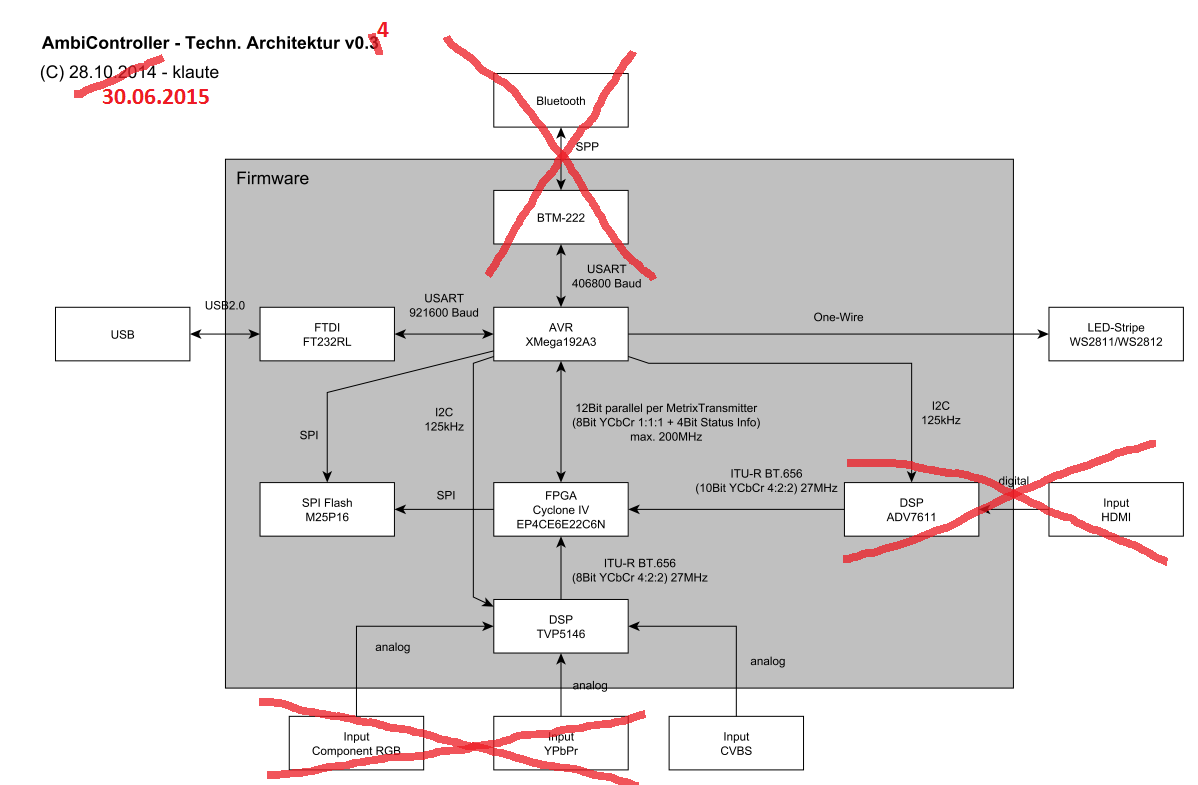





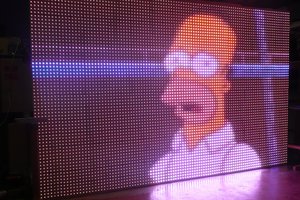
 niftylight
niftylight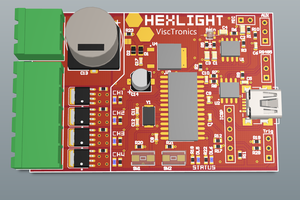
 Jared Sanson
Jared Sanson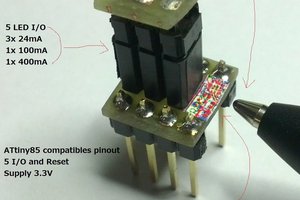
 Antti Lukats
Antti Lukats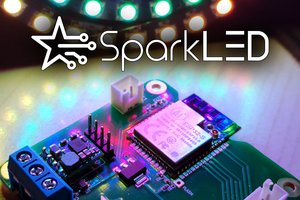
 H00GiE
H00GiE
Great project! I'm interested in making one, and I found those chips that aren't labelled with the P at the end. Do you think they would work for HDCP content?
http://www.aliexpress.com/item/Free-Shipping-AD-ADv7611BSWZ-ADv7611-NEW-IC-QFP/1930556503.html